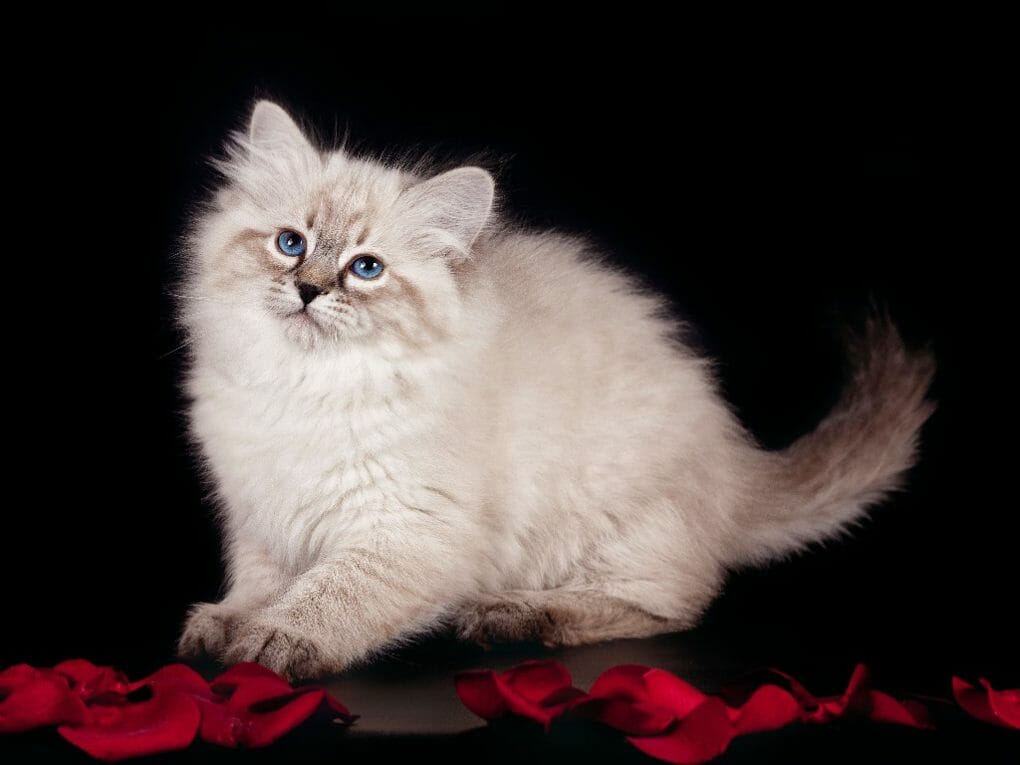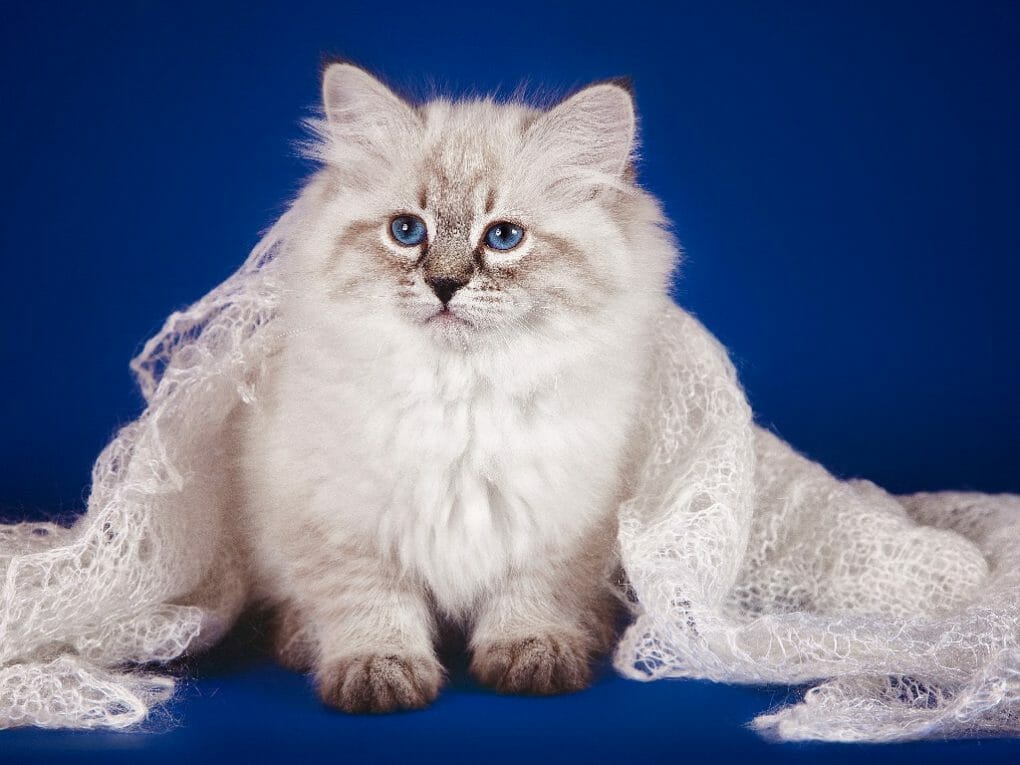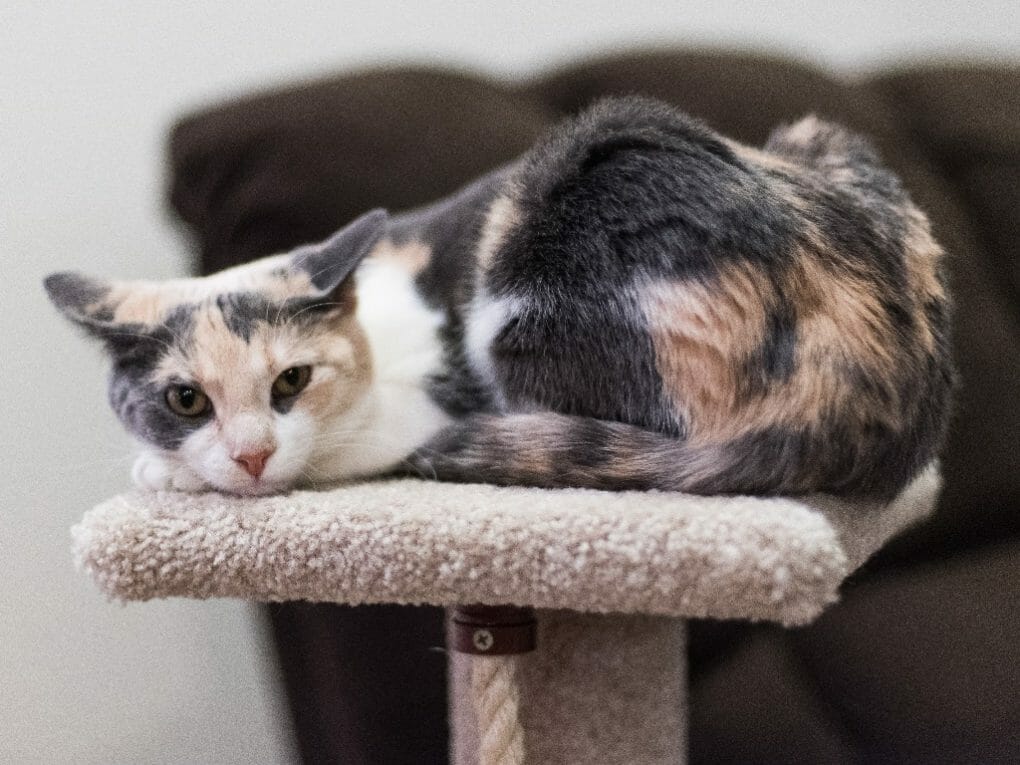How Big Do Ragdoll Cats Get: What You Need to Know About the Size of This Feline


The average Ragdoll cat is around 10-20 pounds and is about 17 to 21 inches long, not including its tail. Ragdoll cats naturally lean toward vast portions of food because of their size. However, giving them a balanced diet is essential because if your cat becomes overweight, it will struggle to move around and may develop health problems.
To prevent your cat from becoming overweight, keep an eye on their weight and feed them only when needed – not because you feel like it! Additionally, restrict access to areas where the cat can’t exercise if they become overweight – this will help them lose weight quickly.
Table of Contents
The Size of Ragdoll Cats
Ragdoll cats are some of the largest cat breeds and can weigh up to 20 pounds. They usually cost more than other types of cats, but their personality and size make them worth it in the long run. Ragdoll cats are gentle and playful, making them an excellent choice for families or people who want a big cat that is gentle and easy-going.
Males tend to be a bit bigger than females! As Ragdoll cats grow older, their body size will usually remain stable unless they experience health problems. They make great house pets because they are quiet. Ragdoll cats typically have a lifespan of 12 to 15 years. They have long, luxurious fur that is easy to care for.
How Long It Takes to Grow to Full Size
Ragdoll cats take about four years to reach their full size. When Ragdoll cats reach adulthood, their growth largely depends on feeding and housing conditions. They can grow up to 21 inches long and 9 to 11 inches high. Ensure to provide plenty of toys, kitty playspots, and scratching posts for your growing cat!
What You Should Know About Ragdoll Cat Size


Larger Ones Are More Cuddly
Ragdoll cats are large and cuddly. So if you’re considering getting a Ragdoll cat, it’s essential to be aware of its size to be satisfied.
Generally speaking, Ragdolls are bigger than most cats. Knowing this information will help you choose an appropriate Ragdoll kitty litter box size for your home or apartment – they tend to be active during the day and love snuggling on laps! In addition, when it comes to playing fetch or taking naps, Ragdolls cannot resist giving in!
Ironically, Their Size Doesn’t Help Them Protect Themselves
Ragdoll cats are one of the largest domestic cat breeds, but their size can be their most significant disadvantage. Although Ragdoll cats may look cute and cuddly, they can still pack a punch when defending themselves.
Their eyesight is good enough to see in low-light conditions, and their hearing is also quite sharp – making them able to hear predators coming even if they’re quiet. Apart from having these natural defenses, Ragdolls also have a few tricks up their sleeves – like climbing trees or escaping tight spots by jumping onto something higher than them!
Create a Living Space Designed for Their Size
Ragdoll cats and other giant breeds need a lot of space to roam and play. Their living area should be large enough for them to have enough room. Additionally, Ragdoll cats tend to be moderate-energy animals and require plenty of exercise – you shouldn’t let their size prevent you from providing this.
Given that these felines are big eaters, it’s essential to feed them a high-quality diet and ensure they get the necessary nutrients through regular feeding times. You can also provide them with toys and catnip if they enjoy playing indoor or outdoor games.
Don’t Let Them Get Too Big
Ragdoll cats can be a lot of fun, but they need plenty of room to run and play. Ragdoll cats are gentle, loving animals that can become very big if not adequately cared for. To prevent your Ragdoll cat from becoming too large, it is essential to know its growth rate and ensure you have enough space to house them properly. Ragdoll cats also require regular exercise, so set aside time each day to let them run around.
If your cat grows too big, monitor their weight and temperament carefully. If all goes well, by the time your Ragdoll cat hits adulthood, it should be in good health and behaving like a calm kitty! Be prepared to spend plenty of time with them – they get bored quickly when left alone for long periods.
Factors That Could Influence Size and Weight
Ragdoll cats are known for their large size and weight. Many factors, such as food, environment, and genetics, can influence this size variation. So if you’re concerned about your cat’s size or weight, you must talk to your veterinarian to get a diagnosis and treatment plan started.
Correct Nutrient Intake
Ragdoll cats need to be fed a balanced diet with the proper nutrients for their size and weight. Too much or too few specific vitamins or minerals can lead to health problems in Ragdoll cats, including obesity.
Feeding Ragdoll cats by people experienced with feeding pets are the best way to ensure they get the correct nutrients and avoid any health issues. It’s also important to remember that these felines grow fast- so make sure you adjust their diet regularly.
Colostrum Intake
Ragdoll cats are known for their size and weight – they produce colostrum – milk that helps with growth and development. Although it may take up to a few weeks for your cat to start producing colostrum after giving birth, it is essential not to give up on them.
This precious secretion can make all the difference regarding their health and well-being during those early weeks of life.
Exercise
Exercise is essential for the health of any breed of cat, Ragdoll cats included. Ragdoll cats are known for their large size and weight due to genetics, and as a result, these felines require a lot of exercise to stay healthy and vigorous.
Regular exercise not only helps reduce the risk of diseases like obesity, hypertension, and heart problems in Ragdoll cats but also strengthens their muscles and bones.
Disease


Ragdoll cats are known for their big, fluffy tails and typically have a healthy weight, however, obesity is the number one health problem in Ragdoll cats and can be caused by a few different diseases.
One of the most common reasons for obesity in Ragdoll cats is diabetes. This disease is usually inherited but can also develop due to environmental factors (such as poor diet).
